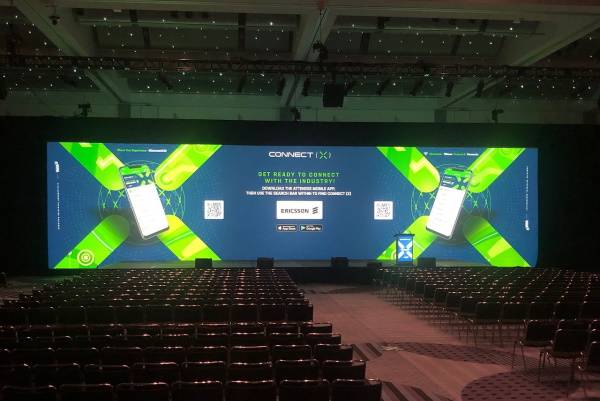Advantages of Light Emitting Diode Video Screens Over Traditional Projector Systems for Modern Graphic Presentations
Advantages of Light Emitting Diode Video Screens Over Traditional Projector Systems for Modern Graphic Presentations
Blog Article
Light Emitting Diode display walls have become progressively popular in various environments, such as schools, businesses, and entertainment locations. These advanced display systems offer several advantages over conventional projector systems. Understanding these benefits can help companies make informed decisions about their visual requirements. This piece will explore the key benefits of Light Emitting Diode video walls, including brightness, visual clarity, flexibility, upkeep, and power efficiency.
One of the most important benefits of LED display screens is their brightness. Light Emitting Diode tech produces vibrant and radiant pictures that can be easily seen in multiple lighting conditions. Unlike traditional projectors, which can have difficulty in well-lit environments, Light Emitting Diode video walls maintain their sharpness and color accuracy even in well-lit rooms. This makes them ideal for external events or places with large windows. The elevated luminosity levels ensure that the content displayed is consistently clear, making it easier for viewers to interact with the information being presented.
In furthermore to luminosity, Light Emitting Diode video screens provide enhanced visual clarity. They offer greater resolution and improved hue reproduction compared to conventional projector systems. This means that pictures and videos displayed on an LED wall appear crisper and more defined. The pixel density of LED screens allows for near viewing without losing clarity, which is particularly crucial in environments like trade shows or meetings where viewers may be nearby to the display. Furthermore, Light Emitting Diode technology can produce richer blacks and more intense hues, enhancing the complete visual experience.
Versatility is another important advantage of Light Emitting Diode display screens. These systems can be configured in multiple dimensions and shapes to fit varied spaces and design needs. Unlike conventional projection systems, which require a specific distance from the display to function properly, Light Emitting Diode display walls can be set up in a variety of environments. They can be curved, arranged, or even used in innovative layouts to create unique visual presentations. This adaptability allows companies to customize their visual presentations to suit their particular requirements, making Light Emitting Diode display walls a versatile choice for any setting.
Upkeep is also a critical consideration when comparing LED display walls to traditional projection systems. LED displays generally require less maintenance over time. Conventional projectors often need lamp replacements and routine cleaning to maintain optimal performance. In contrast, LED technology has a longer lifespan and does not require regular changes. This reduces downtime and upkeep expenses, making Light Emitting Diode display walls a more economical solution in the long-term future. Organizations can concentrate on their displays rather than concerned about the upkeep of their display technologies.
Finally, energy conservation is an essential factor for many companies. LED display walls consume fewer power compared to traditional projection technologies, which can lead to substantial savings on power bills. This is particularly beneficial for companies and locations that operate screens for long periods. Additionally, the reduced energy usage of LED tech contributes to a reduced ecological impact, making it a more sustainable choice. By selecting Light Emitting Diode display walls, companies can benefit from premium display screens while also being considerate of their power consumption and ecological footprint.
In conclusion, LED video walls offer numerous advantages over conventional projector technologies. Their luminosity, visual clarity, flexibility, low maintenance needs, and power the original source conservation make them an superior option for contemporary visual displays. As technology continues to advance, LED display screens are likely to grow even more common in various settings, providing organizations with the tools they require to efficiently convey and interact with their audiences.